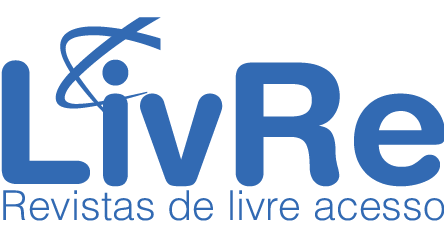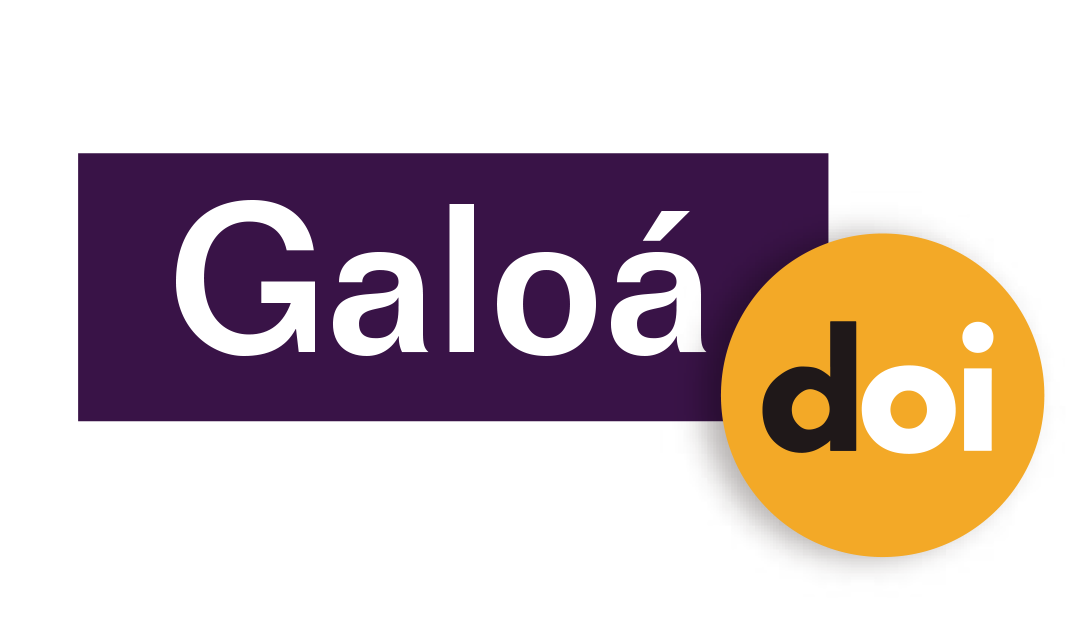The Impact of the Usage of Hypercultural Mediation in the Teaching of Special Relativity in High School in Brazil
Resumo
Background: Given the importance of working on Modern Physics in the classroom and considering the great difficulty of understanding by students, it is important to investigate efficient ways to develop the theme. Objective: Identify if there was learning after using a didactic material built using animated gifs and specially after using computer simulations, and to investigate if there is a difference in learning between students who interacted and did not interact with the computer simulations. Design: The design is based on a quantitative analysis made by comparing the results of pre-tests and post-tests of the control and experimental groups. Setting and participants: The research was carried out with 82 students from the third year of high school from a public school. Of these students, 62 form the experimental group, while 20 make up the control group. Data collection and analysis: The activities were developed during the curricular classes of the Physics discipline, with the application of questionnaires immediately before and after the activities. The activities contemplated the four types of mediations (according the CNMT referential), and the control group did not use hypercultural mediation. Results: The outcome of the analysis shows a significant difference in the results of the control and experimental groups, and the experimental group showed a statistically superior growth. Conclusions: Using the four types of mediations, especially hypercultural, students' learning is enhanced for Special Relativity concepts and problem-solving.
Palavras-chave
Physics teaching; Special Relativity; Computational Simulations; Theory of Cognitive Mediation Network; Quantitative Analysis
Texto completo:
PDF (English)DOI: https://doi.org/10.17648/acta.scientiae.5875
Apontamentos
- Não há apontamentos.
Direitos autorais 2020 Maira Giovana de Souza

Esta obra está licenciada sob uma licença Creative Commons Atribuição 4.0 Internacional.
ANÚNCIOS
Informamos que, a partir de outubro de 2025, devido ao grande número de artigos na fila de submissão, está suspenso o aceite de submissões. Rebriremos em fevereiro de 2026.
Mais, informamos que sites fraudulentos, https://periodicos-ulbrabr.org e https://periodicos-ulbrabra.org, estiveram se passando pela Acta Scientiae, utilizando nosso nome e identidade visual e até solicitado taxas de APC, que nós não cobramos. Aconselhamos cautela para evitar serem enganados por sites semelhantes.
Conceito A2 na Capes(2021)
Índice h5 do Google Scholar: 13
Índice mediana h5 do Google Scholar:24
eISSN: 2178-7727
Indexações:
A Acta Scientiae é indexada em: | Scopus |  | Latindex |  | Edubase (SBU/UNICAMP) |
 | Sumarios.org |  | Google Scholar |  | Portal LivRe (CNEM) |
 | Journals for Free |  | REDIB |  | Galoá DOI |

Todos os trabalhos publicados aqui estão sob uma licença Creative Commons - Atribuição 4.0 Internacional.
